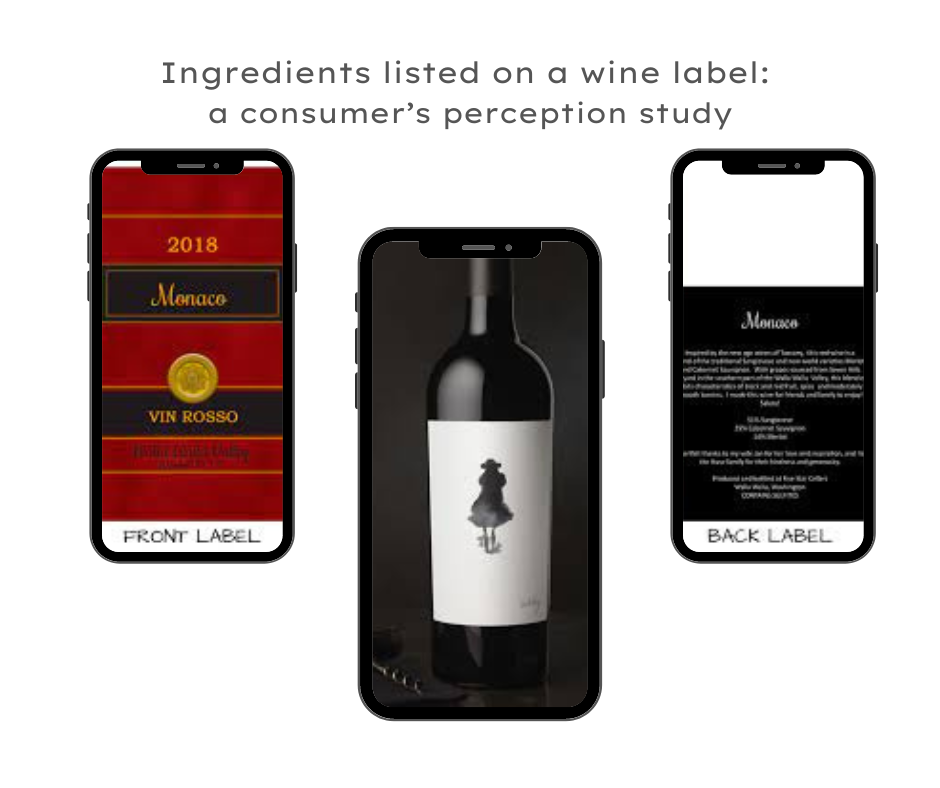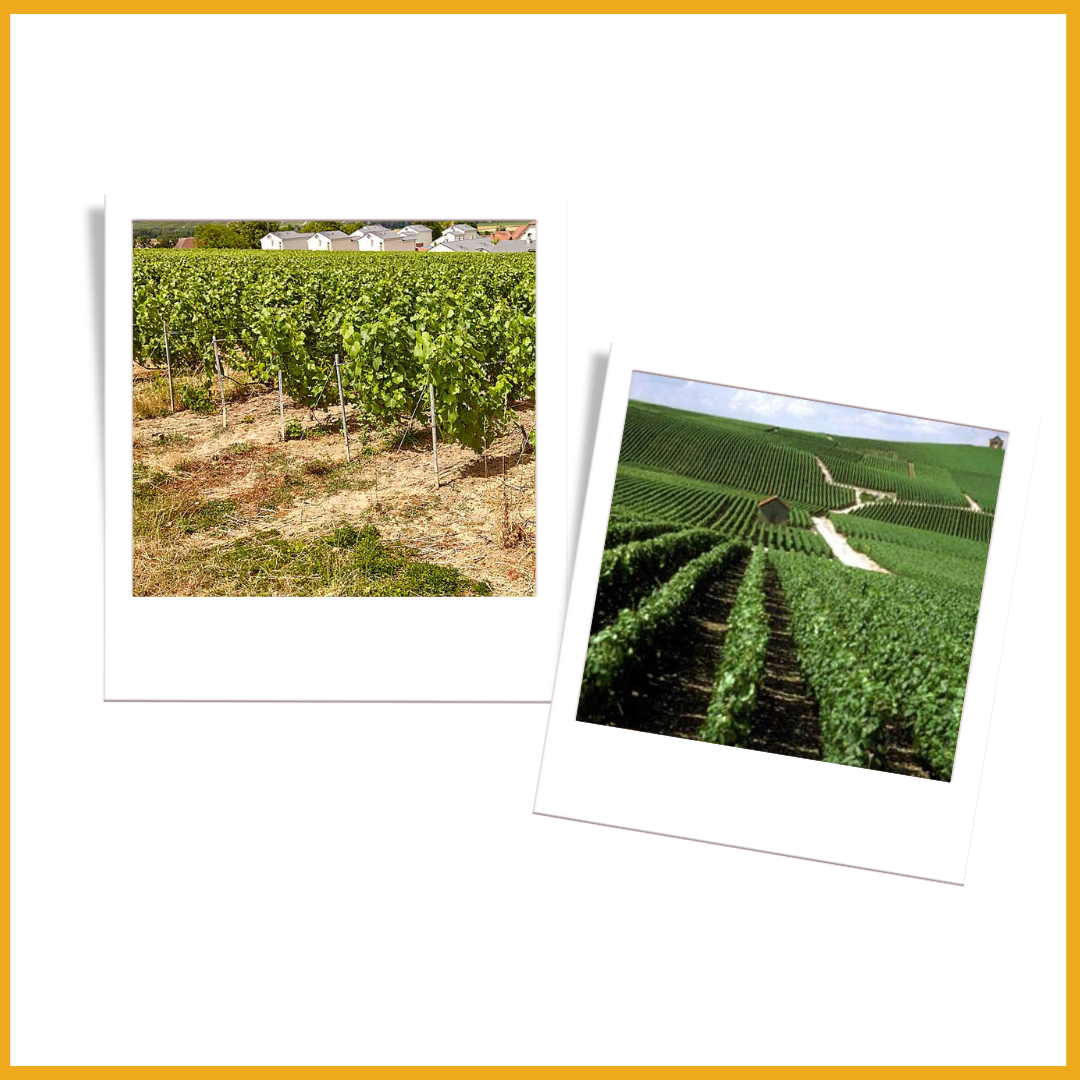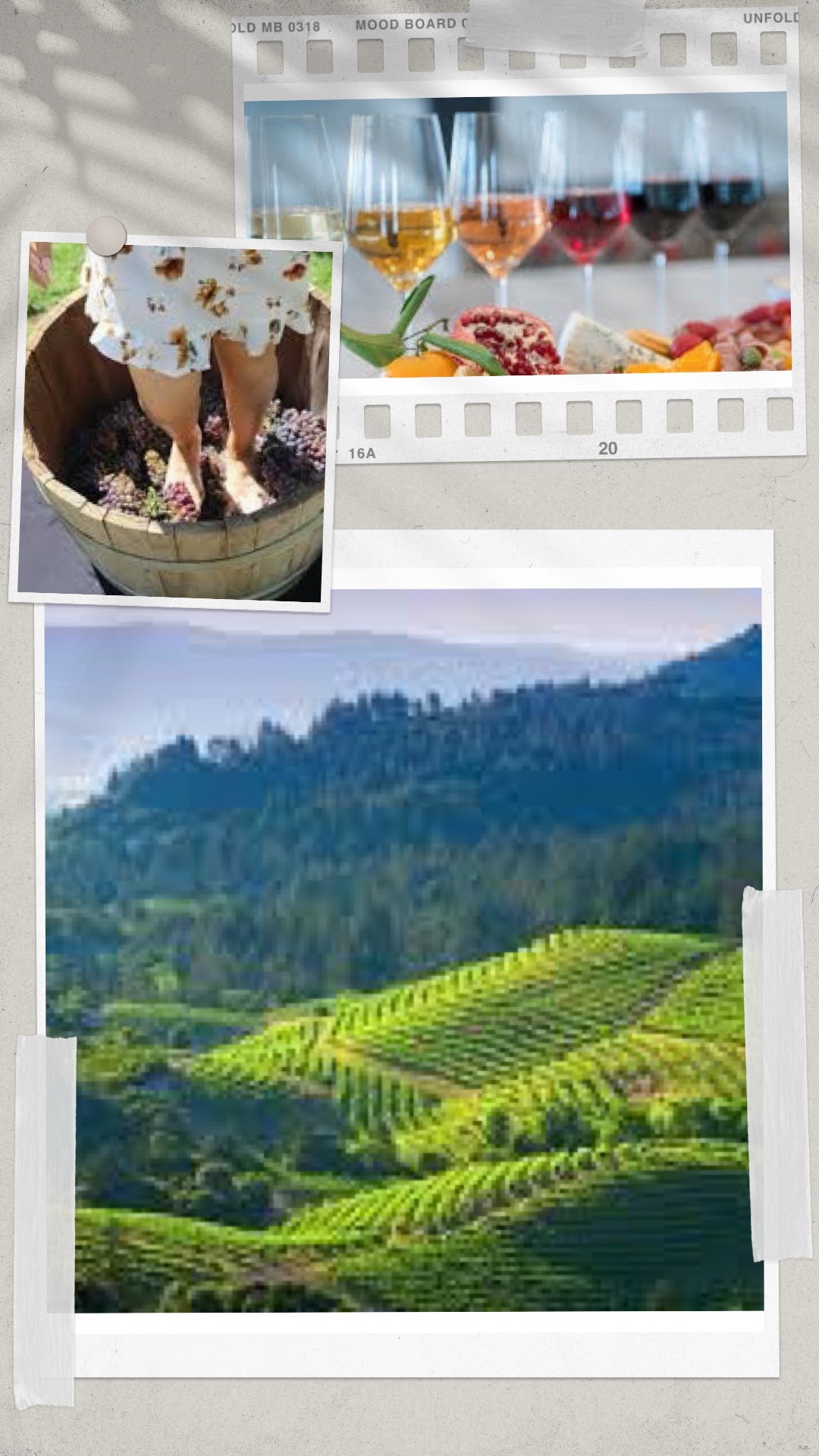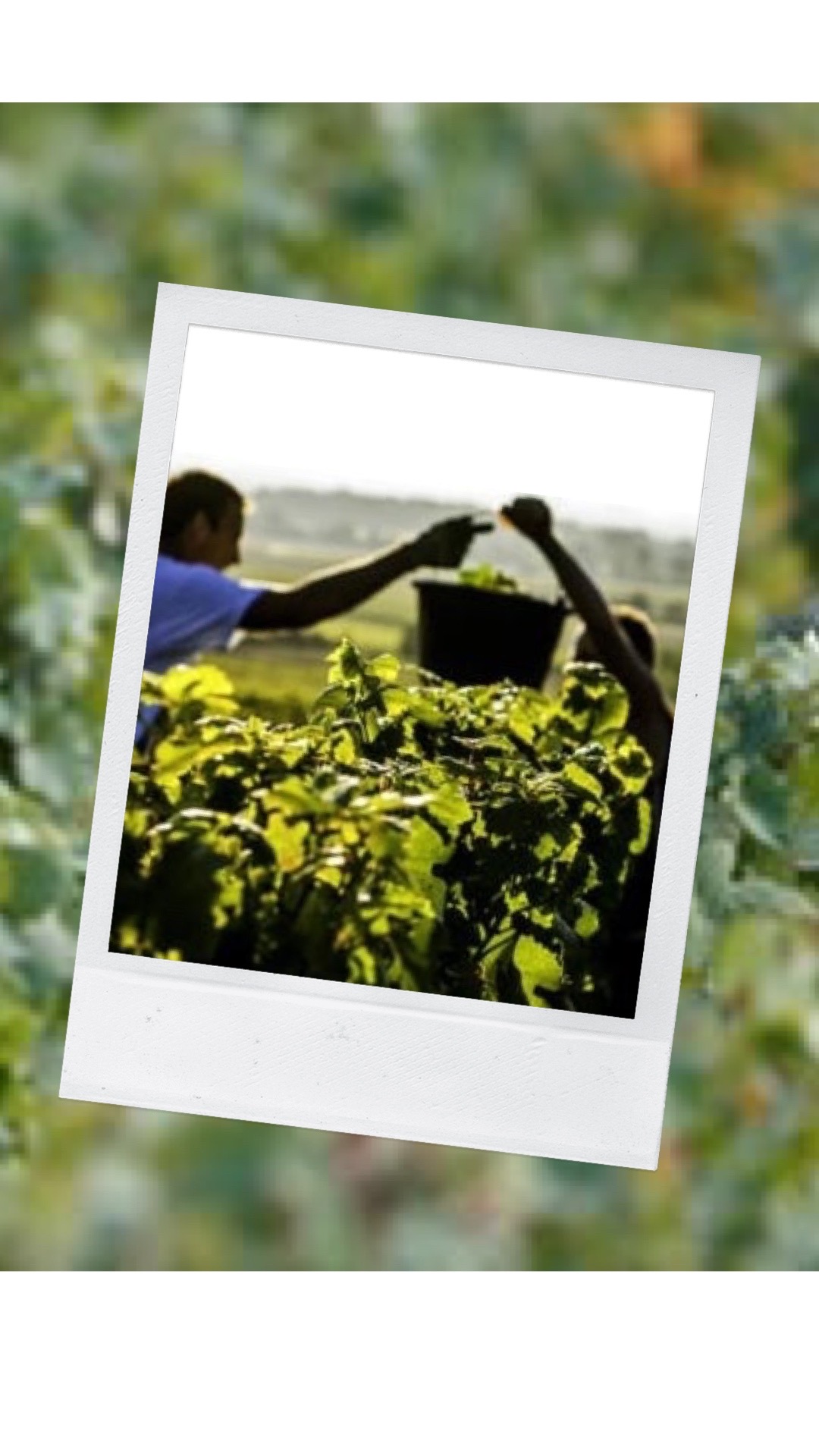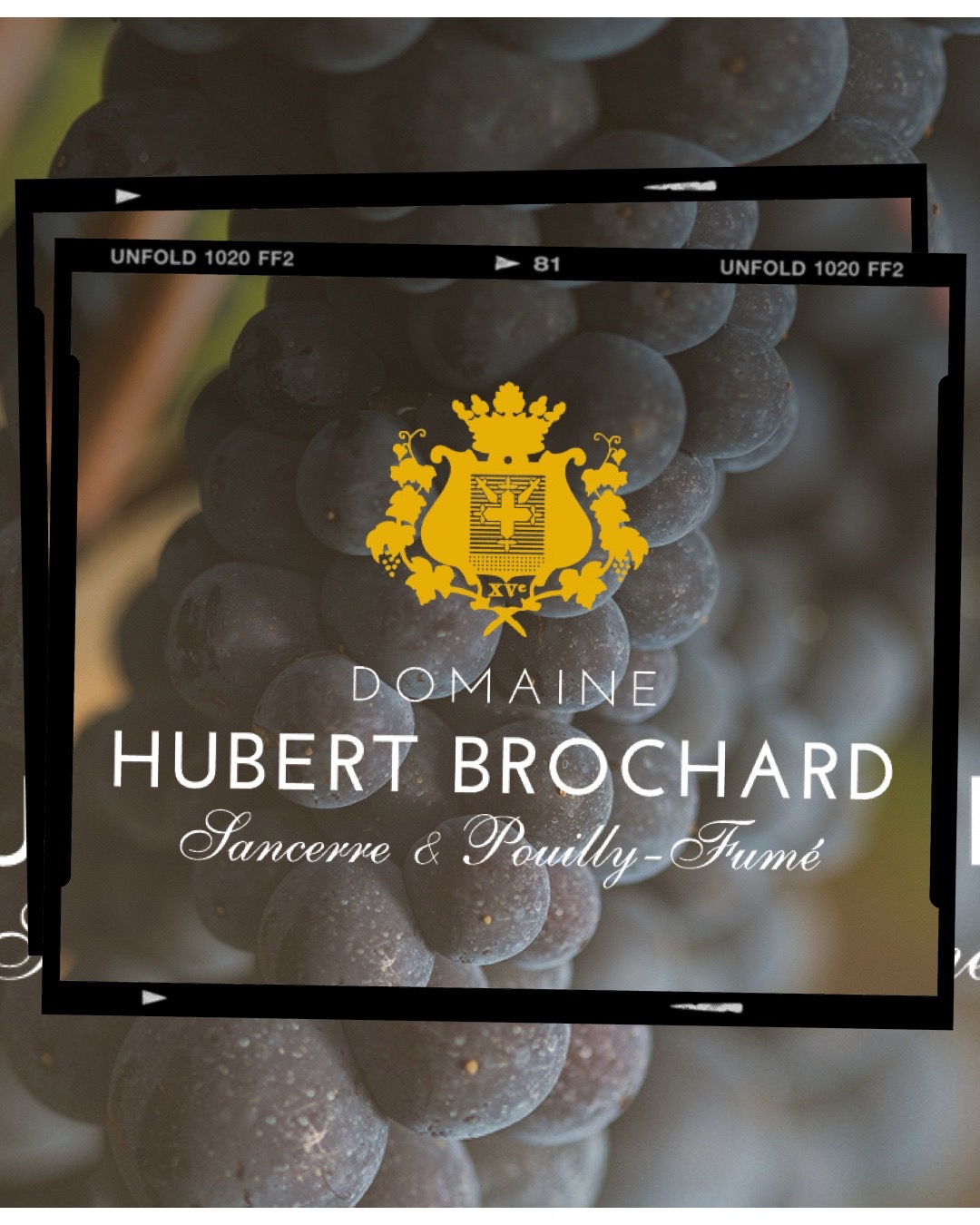A study dealing with: “Wine labeling with the list of ingredients: context, consumer’s perception and future challenges” was just released in anticipation of the new European Réglementation. The study questions the perception by the consumer of different types of ingredients on the label.
You can view this study here: https://www.wine-law.org/
#wine #winelabelling #winenews #winestudy #winelovers #wineconsumer #winebottle #consumerresearch #winemaking

